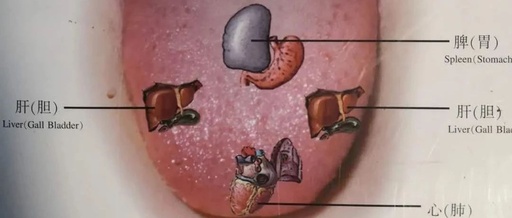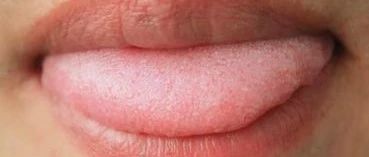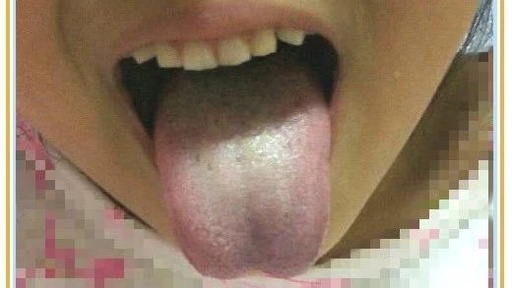Learning Tongue Diagnosis from Scratch 5 – Tongue Color 3
Learning Tongue Diagnosis from Scratch 0 – Introduction Learning Tongue Diagnosis from Scratch 1 – Principles of Tongue Diagnosis Learning Tongue Diagnosis from Scratch 2 – Overview of Tongue Diagnosis Methods (Part 1) Learning Tongue Diagnosis from Scratch 2 – Overview of Tongue Diagnosis Methods (Part 2) Learning Tongue Diagnosis from Scratch 3 – Tongue … Read more








